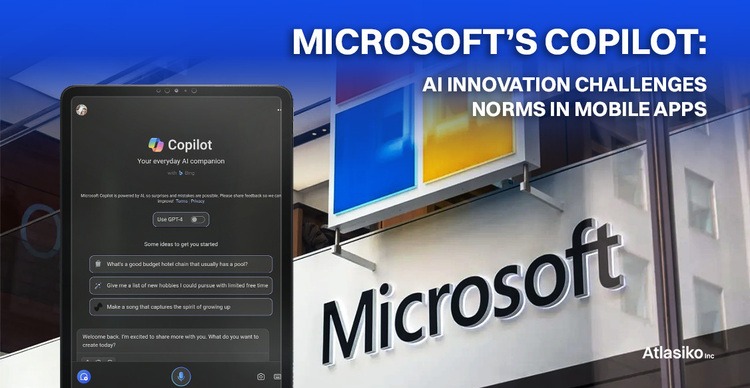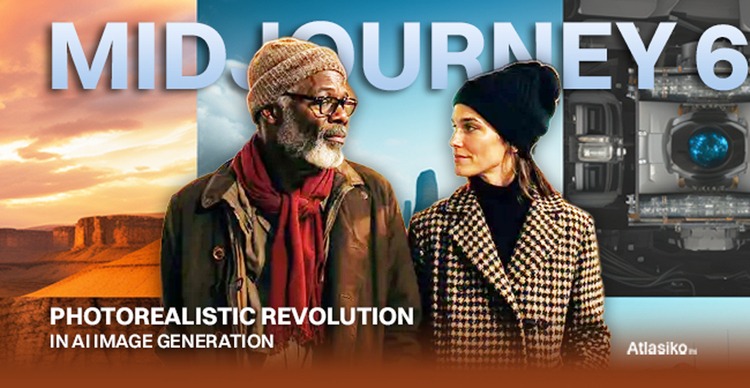Microsoft's Bing chatbot is set to receive a significant boost in its capabilities with the introduction of image recognition. Currently being tested with a select group of users, Bing Vision allows individuals to upload images as queries, enabling the AI to identify the content and provide relevant information. This new feature eliminates the need for typing text and offers a more intuitive and visually-oriented interaction.
Early users of Bing Vision have showcased its potential on Twitter. One example involved the chatbot successfully identifying an Egyptian temple from a photograph, demonstrating the practical applications of this functionality. Additionally, the AI accurately recognized a scanned math equation as the famous "Schrodinger equation." Furthermore, Bing Vision impressed users by analyzing and explaining the content of a humorous cartoon.
Oh, how cool is that! Just noticed that I have access to #Bing chat's image features! @MParakhin reading German text from images needs some work. ☺️ #ai pic.twitter.com/04JfV66PAL
— Karsten Lehmann (@Klehmann79) June 23, 2023
Presently, Bing AI's image recognition capabilities are limited to a niche user base, accounting for just over 10% of its total users. However, Microsoft's Head of Advertising and Web Services, Mikhail Parakhin, revealed that the feature will be made available to a wider audience soon. Currently accessible exclusively on desktop PCs, Bing Vision is expected to expand its reach to mobile devices in the near future.
The introduction of image recognition adds a valuable tool to Bing AI's arsenal, particularly for image-based queries. Users can now leverage this feature to obtain information about various subjects, such as identifying the location of a beautiful beach, lake, mountain, or town. Furthermore, Bing can provide additional details and even help users plan trips to these destinations.
Mikhail Parakhin reassures users that the image recognition feature will be broadly rolled out within a few weeks, encompassing both desktop and mobile users. Microsoft's proactive approach to expanding Bing AI's capabilities aligns with the current trend of AI's growing prominence. Recent advancements, such as the introduction of voice input for desktop PCs and enhancements for mobile devices, further solidify Microsoft's commitment to staying at the forefront of AI technology. With these developments, Bing AI aims to deliver an increasingly seamless and comprehensive user experience.







